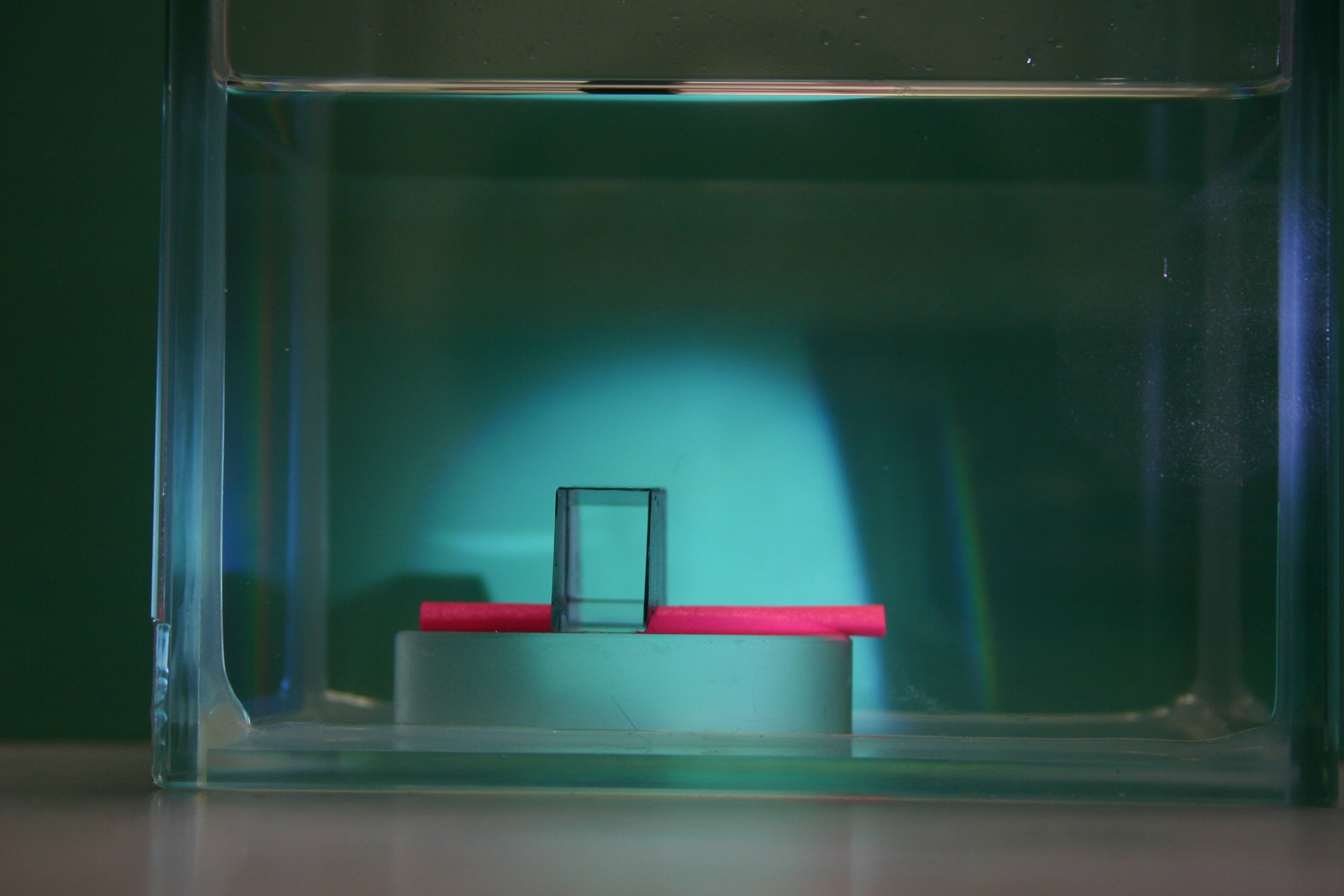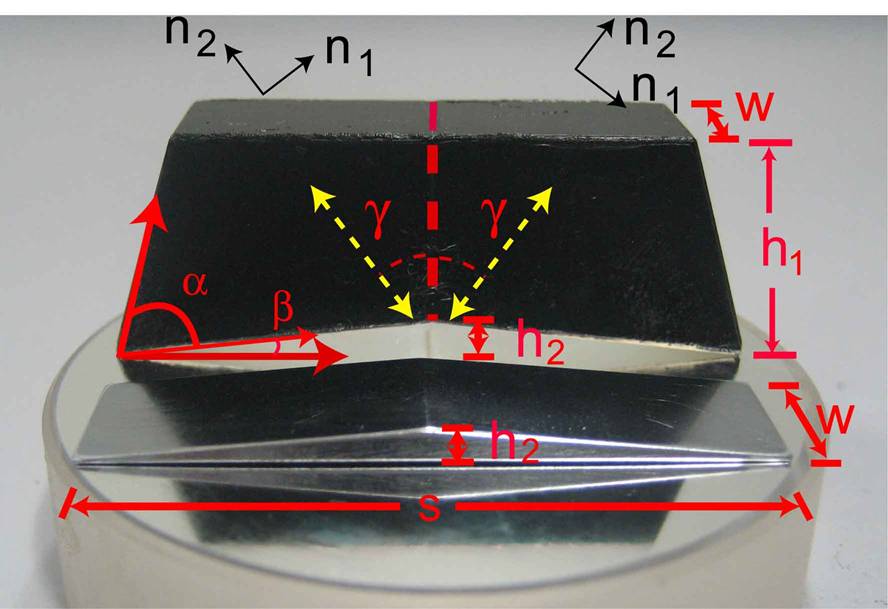|
Singapore-MIT Alliance for Research & Technology |
BioSystems and Micromechanics (BioSyM) Inter-Disciplinary Research Group |
||
Making everyday objects invisible using natural crystalsOptical cloaking, the ability to make objects invisible from any angle and at any color, has captured human imagination for many centuries, from Athena’s cap to Harry Potter. We have created an optical cloak made out of calcite that meets at least partially some of these requirements for arbitrarily sized objects. Conceptually, this can be done by deforming the space around an object [Leonhardt, Science 312:1777(2006); Pendry et al, Science 312:1780(2006)], such that an optical wavefront that would have been planar in the original flat space now bypasses a certain region in the deformed space; if the deformation is properly designed, anything placed in the bypassed region leaves no trace in either amplitude or phase of the optical field. The first experimental cloaks implemented space deformation as a material inhomogeneity, controlled precisely by subwavelength features in a bulk material [Schurig et al, Science 314:977(2006); Liu et al, Science 323:366(2009); Valentine et al, Nature Mater. 8:568(2009); Gabrieli et al, Nature Photon. 3:461(2009)]. However, at short wavelengths the nanopatterning requirement made these devices very expensive and limited cloak size to, at most, a few micrometres. Instead, we chose to utilize anisotropy [Xi et al, IEEE Microw. Wireless Compon. Lett. 19:131(2009)] and deformed the space around a wedge-shaped cloak region by refraction in two prism-shaped pieces of calcite adhered side-by-side, with their optic axes oriented carefully. An observer looking from the side perceives the wedged shape as flat. Like the inhomogeneity-based attempts before us, our cloak is still limited to two-dimensions (it is visible from the side of the wedge) but it scales favorably to larger objects, as long as a large enough piece of calcite can be obtained—the largest reported so far has been 6m×6m×3m [Rickwood, American Mineralogist 66: 885(1981)]. This work has now been published in the article "Macroscopic Invisibility Cloak for Visible Light", by B. Zhang et al, in the leading journal Physical Review Letters, 106, 033901 (2011)
|
|||



